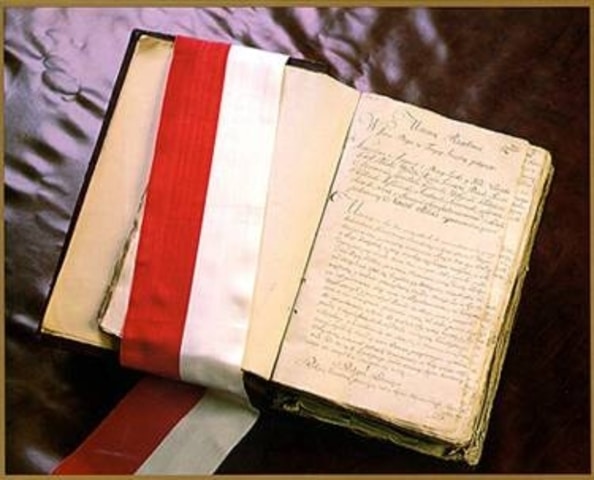Did you know that the Constitution of Poland is the first written constitution in Europe and the second in the world after the famous American one, adopted in 1787? Even in France, a constitution appeared later. The Polish Constitution of 1791, the so-called Ustawa rządowa, was a progressive legal document that contributed to the unification of the country. The power of the king and the gentry was limited, and the townspeople received equal rights with the nobility.
The Extraordinary Sejm worked on the document starting in 1788, where two parties opposed each other: the patriotic and the old gentry. The skilful intrigues of the patriots made it possible to adopt such a progressive document for that time. It was a big step forward for the Polish-Lithuanian Commonwealth as a state, although it existed for only 19 months.
One of the fundamental principles of the Constitution of 1791, in our opinion, can be considered the inviolability of personal property as the core of freedom. Even the king could not confiscate someone's private property. The Poles carried this respect for private property through all the trials of collectivization and communist ideas. The economic system of the Polish People's Republic differed from other countries of people's democracy precisely by the presence of private property on land - the idea of collectivization in Poland failed.
According to the Constitution, the people were recognized as the head of state, and the system was established as a constitutional monarchy. Power was divided into three branches: legislative, executive and judicial. The reaction to the adopted Constitution was ambiguous; other states perceived it mainly with hostility, especially the Russian Empire. The subsequent Russian-Polish war of 1792 was called the "War in Defense of the Constitution."
The Constitution of 1791 remains an important symbol of independence, democracy and progress for Poles.
May 3 is one of the favorite national holidays of Poles, taking its proud place in the series of joyful May holidays in modern Poland.

